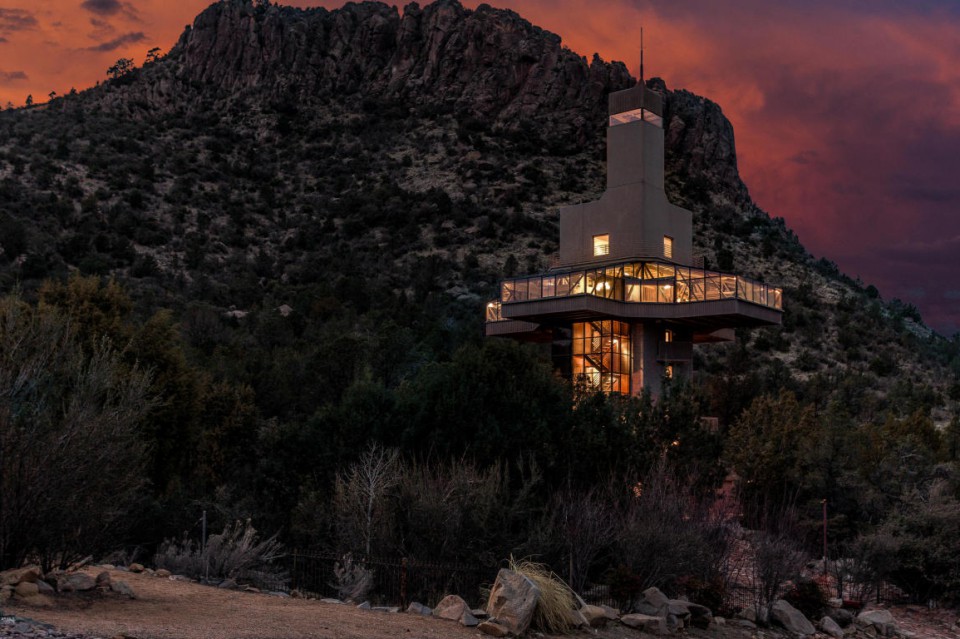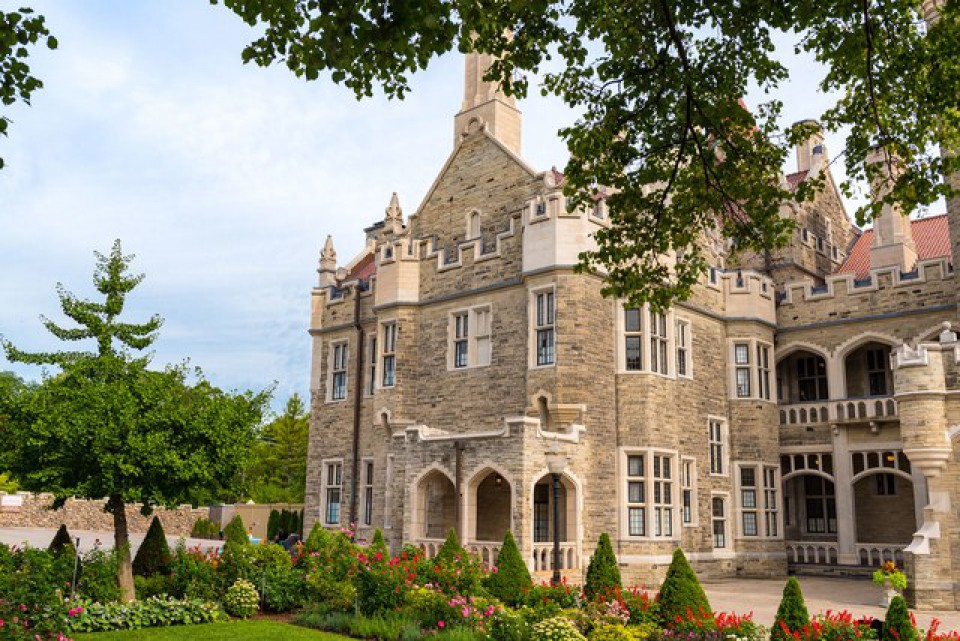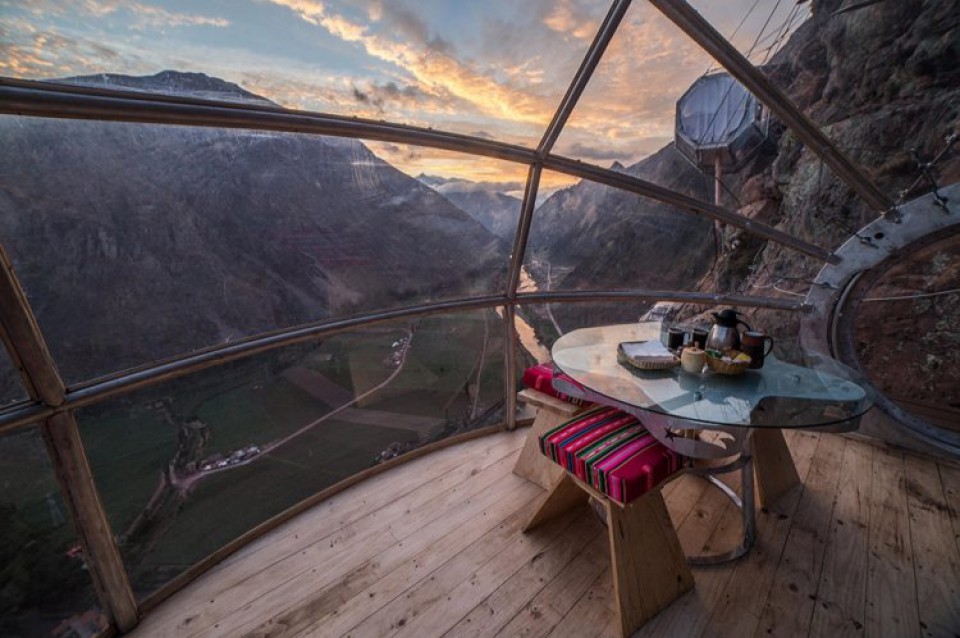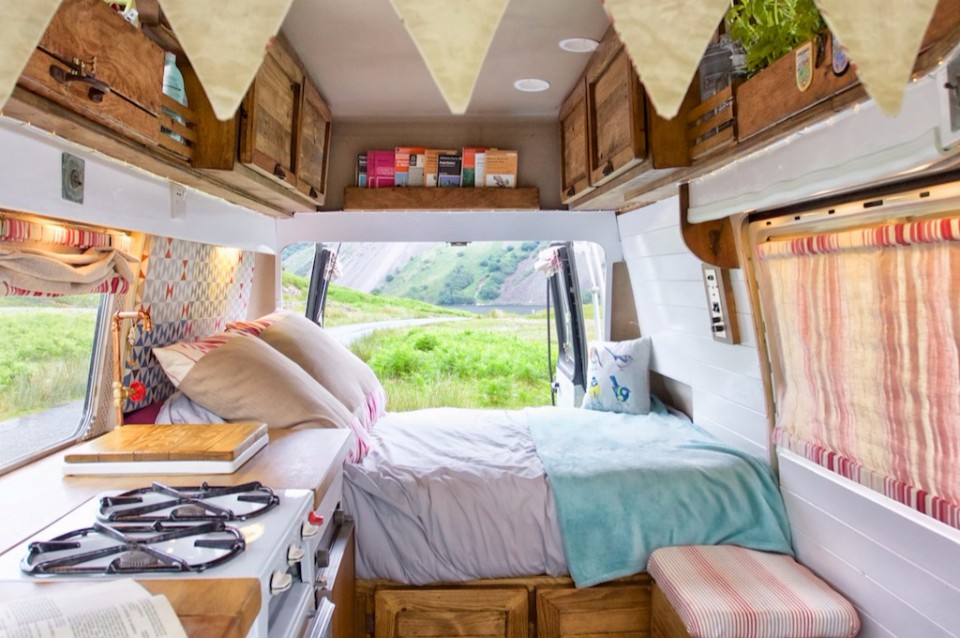Compact House: The Practical Housing Trend
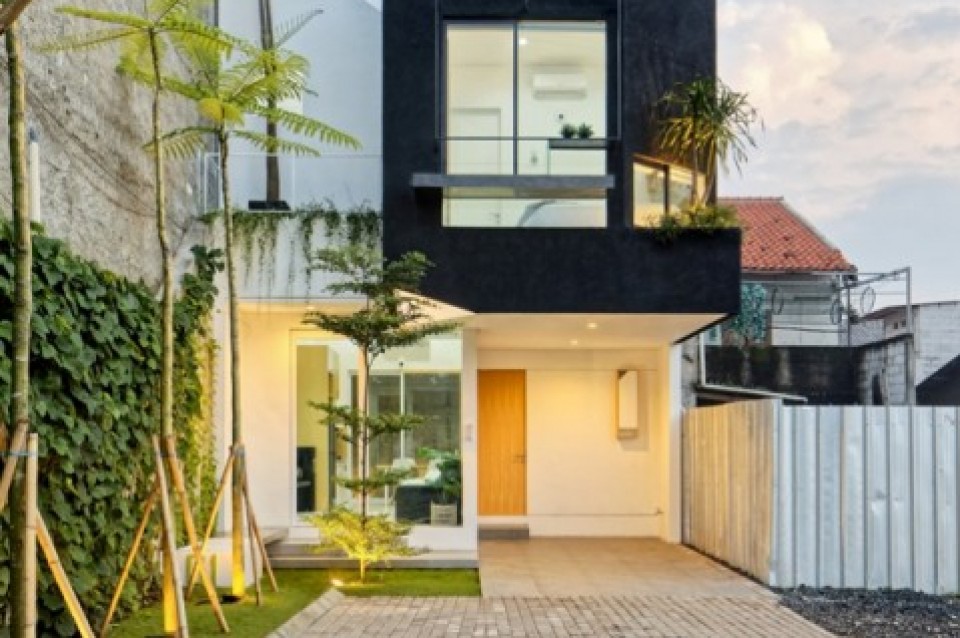
With limited land and increasing land prices, urban dwellers face challenges when it comes to owning a spacious home. Larger homes are becoming more difficult to realize. However, this doesn't mean that small plots of land cannot be maximized to meet the daily activities and needs of the inhabitants.
A compact house is a small integrated home built on limited land. This type of home prioritizes each space to meet the needs of the residents. Recently, there has been a growing trend of compact houses, especially in urban areas. Compact houses have become a solution to address the issue of limited land in urban communities.
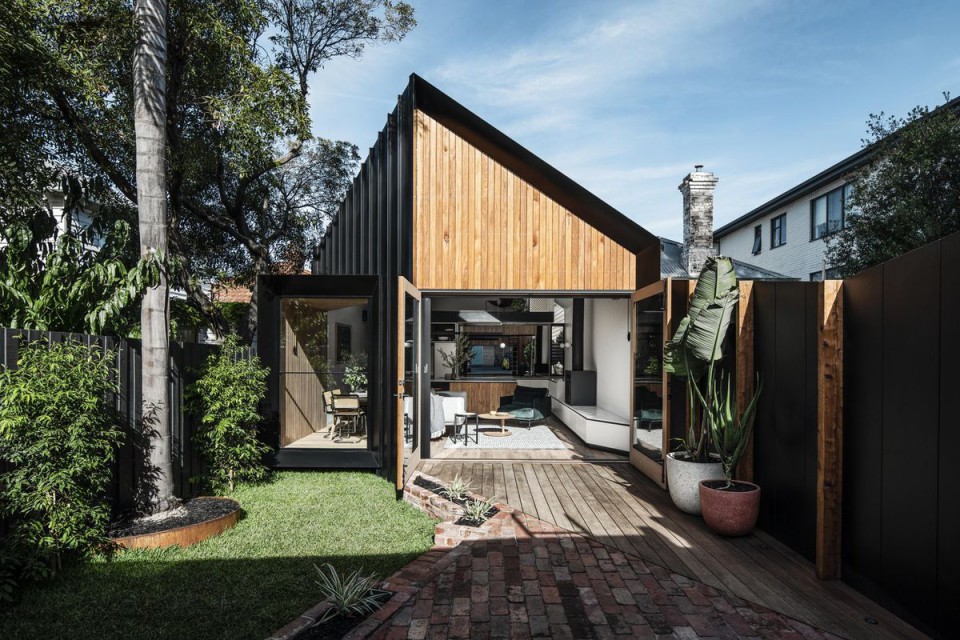
Copyright by Curbed.com
Optimizing Limited Land
As mentioned, compact houses are suitable for construction on limited land. They are typically designed vertically and prioritize spaces considered essential for the residents. The simplicity of the concept often leads to compact houses being combined with minimalist designs that are clean and straightforward.
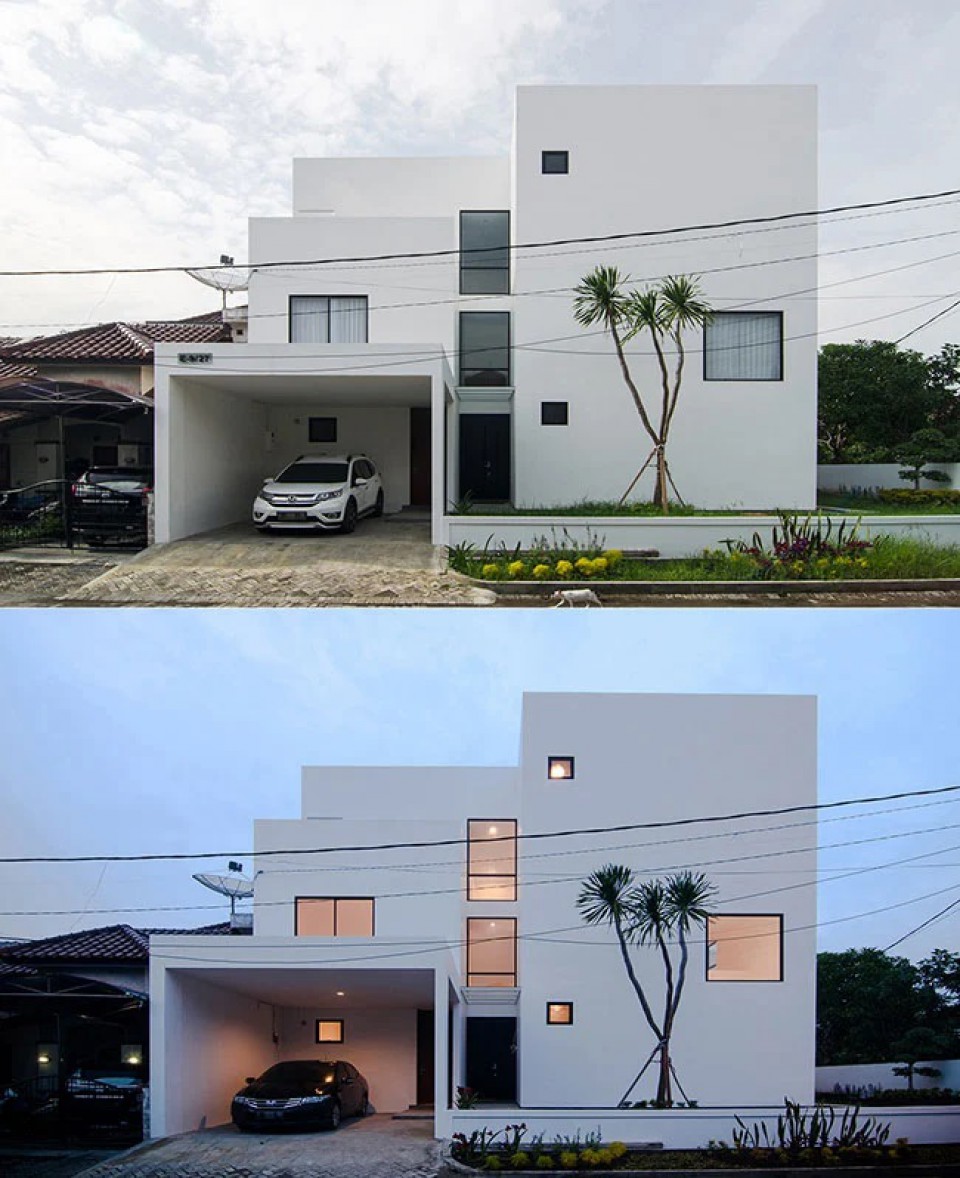
Copyright by Pinterest.com
In Line with Minimalist Lifestyles
The trend of compact houses in Indonesia has been indirectly influenced by the presence of Marie Kondo. The Japanese practitioner teaches the importance of keeping essential items and discarding those that are deemed unnecessary. Therefore, it's not surprising that compact houses have quickly gained popularity among urban dwellers who embrace the Marie Kondo lifestyle, as these homes prioritize essential needs.
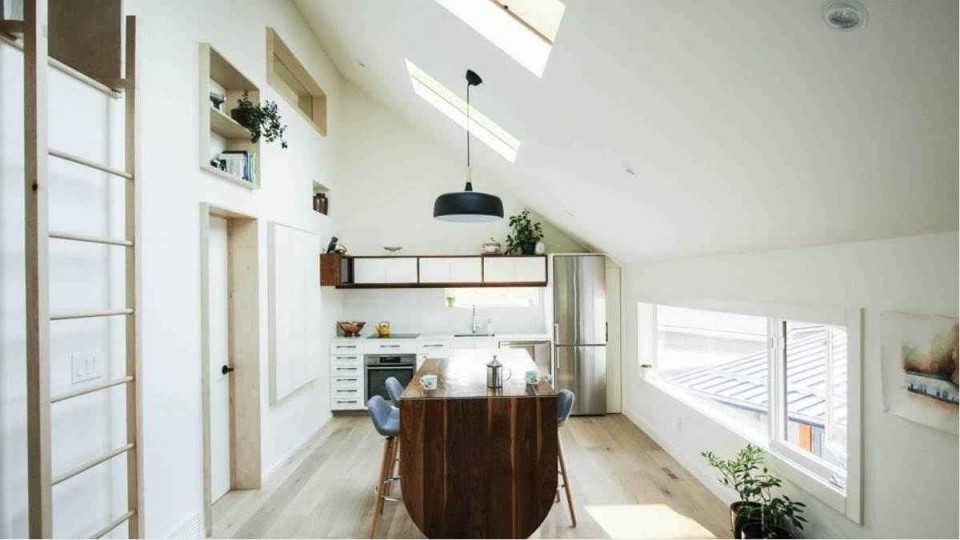
Copyright by Curbed.com
No Storage Space Inside
Unlike many traditional houses, compact house designs in Indonesia do not include storage spaces inside. Why? Because from the beginning, residents are encouraged to use only the items they need. This leads to a reduction in unused items. So, what should residents do with items they no longer need? They can repurpose them or donate them to those in need.

Copyright by Curbed.com
High Flexibility
Compact houses built in large cities in Indonesia offer high flexibility to the residents. This means that they can start with one floor when they are single, then add more floors when they get married and need new rooms for their children. Flexibility in these homes is also seen in the arrangement of furniture. Most of the furniture in compact houses is easy to move and assemble, allowing it to be adjusted to the residents' needs.
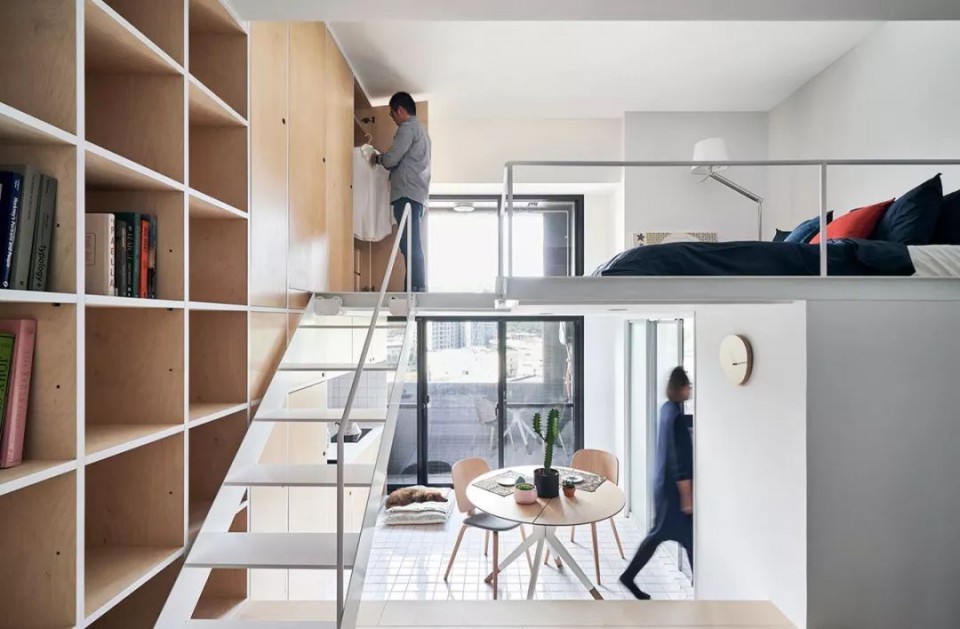
Copyright by Pinterest.com
Open and Minimal Partitions
To create a spacious feeling, compact houses minimize the use of partitions. Instead of separating rooms with walls, one room can serve multiple functions. Typically, architects combine the living room, dining room, and kitchen into one open space.
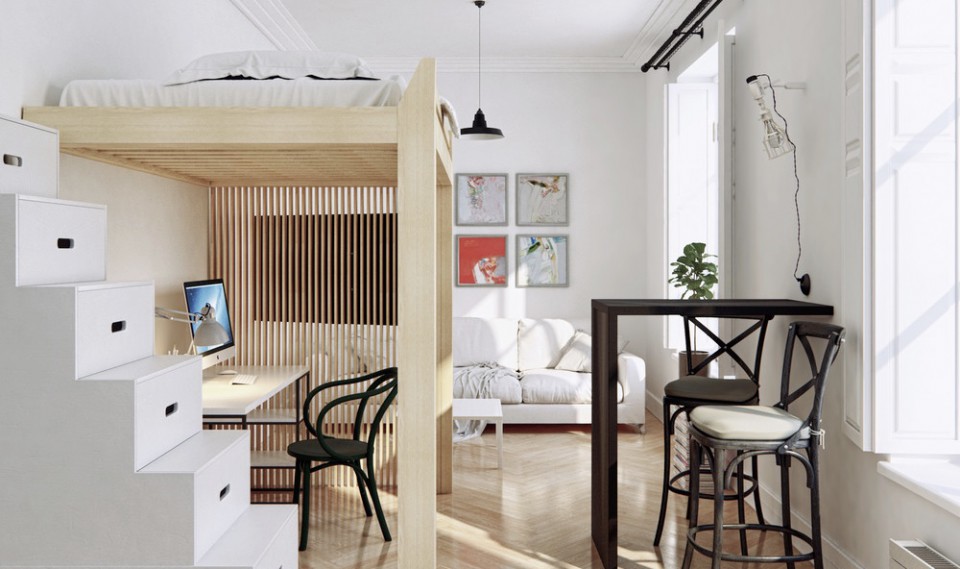
Copyright by Designideas.com
Environmentally Friendly Homes
Compact houses tend to be sustainable. Double-height ceilings or voids are often applied in these home designs to facilitate good air circulation and allow sunlight to enter even without windows. These voids help residents minimize the use of electronic devices such as lights and air conditioners, making compact houses eco-friendly.
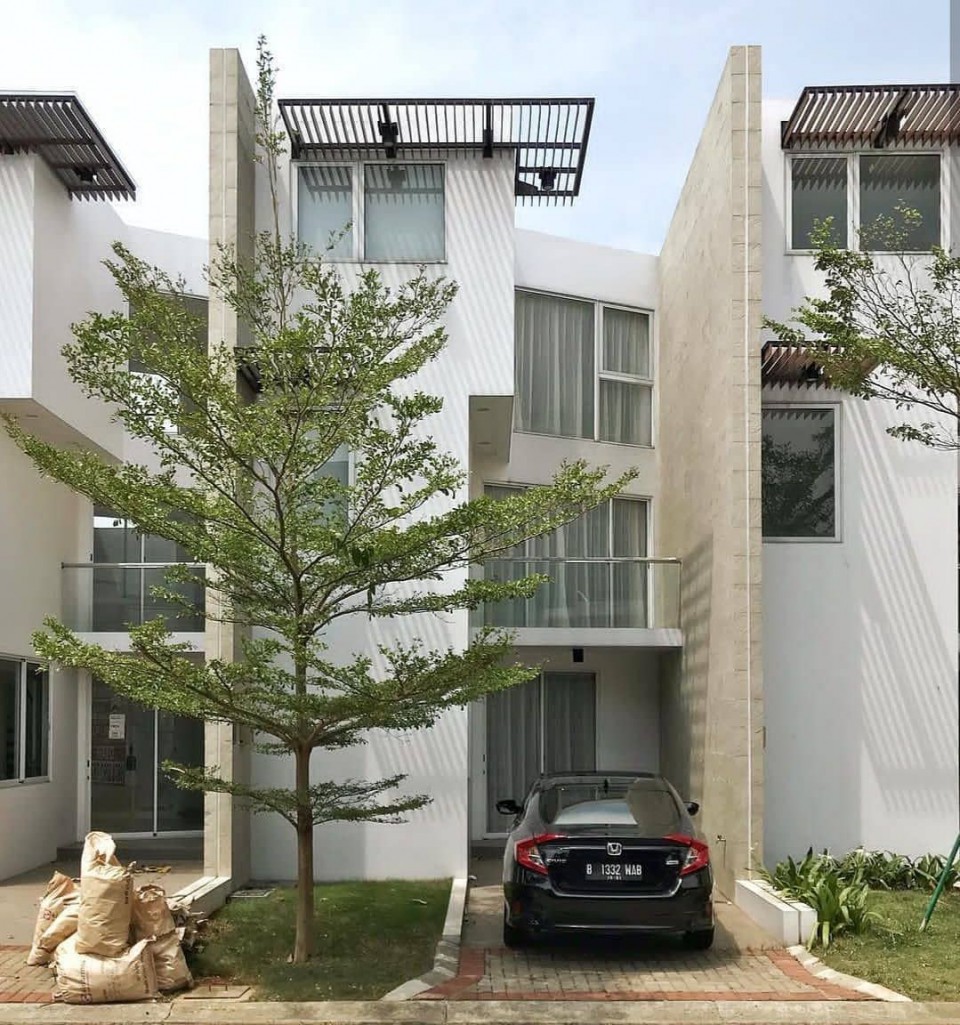
Copyright by Pinterest.com
Monochromatic Colors
Compact houses are often associated with monochromatic colors such as white, black, gray, and brown. These colors contribute to creating a spacious and non-restrictive atmosphere in compact homes.

Copyright by Pinterest.com
Mezzanine Floors
If a single-story home is not functional enough, residents can add a mezzanine floor for additional space without increasing the building's footprint.
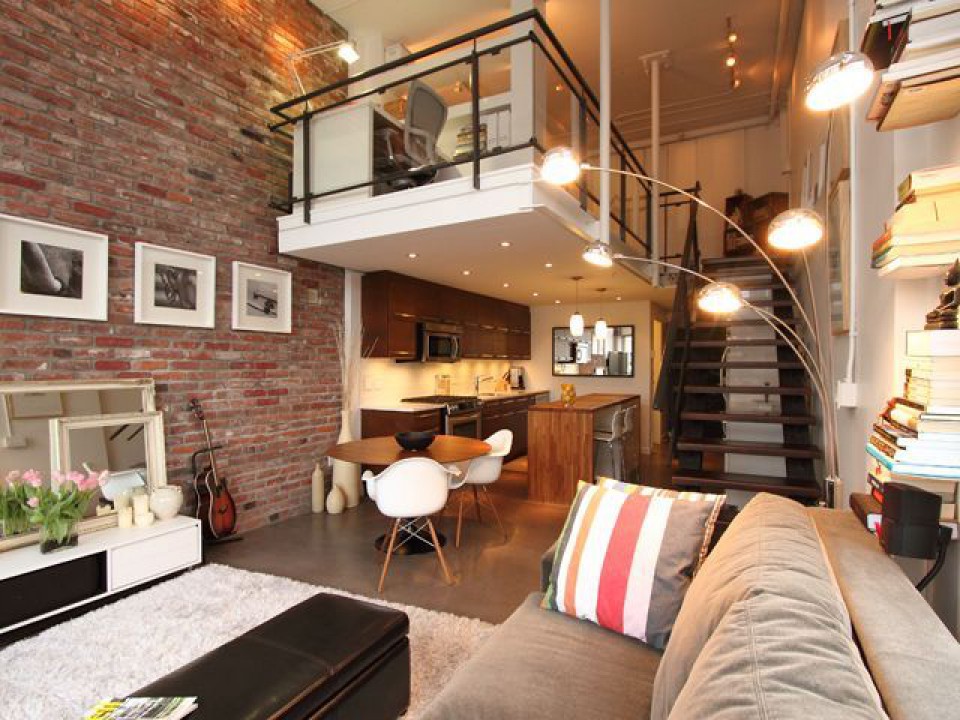
Copyright by Interiordesign.com
For the best results, continue to visit Furnizing.com to upgrade your knowledge about home decoration and design inspiration. You can also find many other design inspirations on Furnizing.com. Happy exploring as you decorate your happiness!


